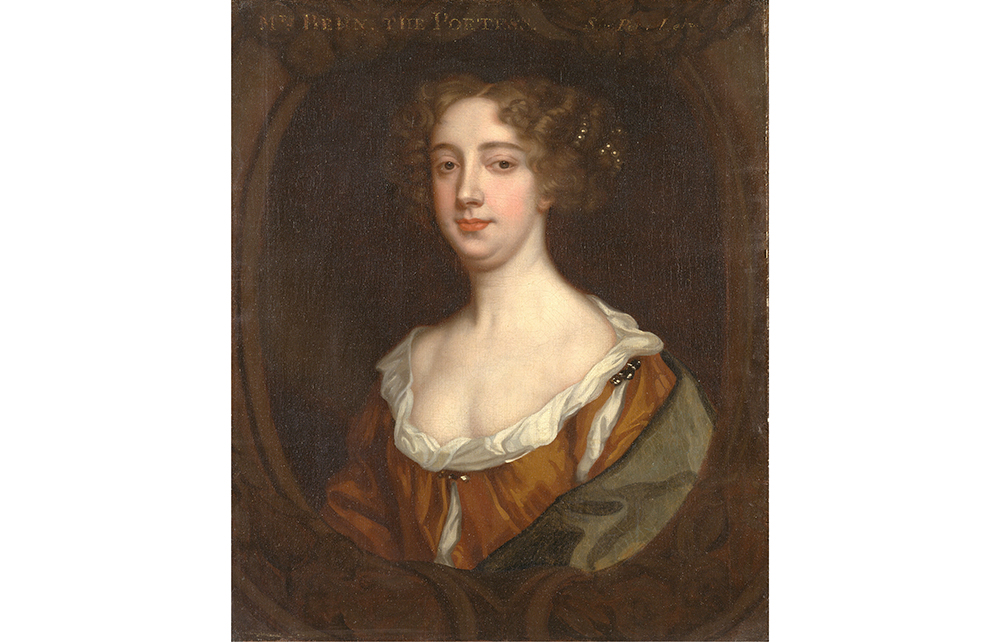Philip Hensher has narrated this article for you to listen to.
If you want to understand in detail what people in the past were capable of doing, thinking and saying, there is nothing like studying court proceedings. When restrictions were placed on other reportage of human behaviour, the courts had to find out about all sorts of activity. At a time when novelists could hardly write even in the most general terms about adultery, the 1869 prosecution of two homosexuals called Thomas Boulton and Frederick Park could be reported in truly startling detail. One of the best accounts of precisely how people talked spontaneously in the 17th century is the record of Charles I’s eruptions during his trial. Justice was no respecter of status. George IV’s attempt to divorce Caroline of Brunswick – effectively through a trial in the House of Lords – unearthed much material of extraordinary indecency. Without the intrepid openness of English justice we would have to guess at what our ancestors were capable of.
Among the most dramatic episodes ever seen in court, the case of Henrietta Berkeley in 1682 stands out, even against the lax background of Charles II’s society. The Berkeley family was an ancient one, of immense respectability. Henrietta’s father was one of the commissioners sent to The Hague in 1660 to request Charles’s return and restoration. He was raised to the peerage in 1679. Henrietta was one of his seven children. At some point in 1681 – she may have been as young as 14 – she began an affair with her brother-in-law Lord Grey, who was married to her elder sister Mary.
The whole business
transfixed London for
months, if not years
Lord Grey was a thoroughly bad hat. Involved, like his father-in-law, with Charles’s circle, he was to go on to try to install the bastard son the Duke of Monmouth on the throne. When the rebellion failed, he escaped execution by betraying his co-conspirators. His later career might have been guessed at by his conduct during the Berkeley case. When the adultery came to light, Lady Berkeley despatched her daughter to their country house. She made the mistake, however, of not telling Lord Berkeley or Lady Grey, and Grey followed Henrietta there. The pair ran off together.
The business became public through a famous notice offering a reward of £200 for any information about Henrietta’s whereabouts. In 1682, Lord Berkeley sued Lord Grey for conspiracy to debauch Henrietta. Although Henrietta, as a woman, was not allowed to give evidence herself, she did succeed in announcing that she had not only left of her own accord but was in fact now married to a William Turner, who, it emerged, was a servant of Lord Grey. Despite the transparent nature of this ruse, it succeeded in ending the case. Violence broke out in court. Lord Grey was found guilty, but the consequences were lost in other events, such as his being discovered to be in the middle of attempting to assassinate the King’s Catholic brother, the Duke of York, later James II. The ghastly entourage managed to escape to the Netherlands, and subsequently to Cleves in Brandenburg. The whole business transfixed London for months, if not years.
The story is gloriously mind-boggling on its own terms. Lisa Hilton has approached it in a slightly indirect way. Of course, in a lively print culture, this tale was instantly told and retold. Some of these retellings were swathed in disguise. It is only in the past generation or two that scholars have realised that a prose fiction, the Love-Letters Between a Noble-Man and his Sister, published anonymously in three volumes between 1684 and 1687, may have been written by Aphra Behn and modelled on this saga. Behn’s authorship is not certain, but quite likely. From the starting point of Behn’s largely obscure career, Hilton slowly approaches the Berkeley case.
Behn has long been promoted as an important writer in the development of literature. She was one of the first women to try to make a living from her pen as a playwright and an author of prose fiction. Some people would say ‘novelist’, and have even described the Love-Letters as the ‘first English novel’. I am not convinced. When the novel emerges properly in the 1720s, it is driven by the possibility of the sort of personal social transformation that might come with capitalism, and loves idiosyncratic speech. Behn’s work is still rooted in the courtly romance, with formal exchanges when speech starts up. She is an interesting figure, but nowhere near a revolutionary.
In any case, she has caught the attention of biographers because of the sheer mystery of her origins and career. Energetic sleuthing has unearthed a number of possibilities. She seems to have been born in Kent, of a humble family. So how did she learn to read and write, let alone to speak foreign languages fluently? There is clear evidence that she was employed as a spy, and had connections in the government and at court. Again, how?
Hilton has pursued the matter, and has come up with the ingenious suggestion that the Kent that produced Behn might not have been the English one, but Kent County on Chesapeake Bay in Maryland. One of Behn’s books is Oroonoko, a tropical romance with more plausible authenticity than the usual run of such stories. Might she have grown up in Suriname, acquiring foreign languages and connections worth exploiting?
The speculation seems ingenious, and is told with much gusto. Whether it stands up can be left to the industry of the Behn scholars. When Hilton gets on to Behn’s position in England, there is a suspicion that she may be exaggerating her heroine’s insider status. Behn’s career as a spy didn’t come to anything much. Did she really know Lord Grey, or the Duke of Monmouth, or the Berkeleys? Or had she just heard the sort of things people were saying and put them down in the hope of capitalising on the case?
Hilton does her best, suggesting that in the 1687 volume of Love-Letters Behn ‘reported with intriguingly uncanny accuracy on the real-time movements of Monmouth and Grey in Holland at the inception of the rebellion’. The ‘uncanny accuracy’ may be less convincing when one reflects that Behn was writing two or three years after the plotting and the extensive trials of the conspirators. Love-Letters started to be published two years after the scandalous trial that inspired it, and though it did well enough to justify two sequels, it must have been pretty old news from the start. During most of Behn’s career, she spent a lot of energy writing encomiums to royals and nobles – a sign of someone looking for patronage. What we see is not necessarily an author with unusual access to powerful men, but perhaps a woman determined to forge her own way in life by grubbing up scandals she thought would get an audience and making the most of them.
This is a lively book, full of saucy millennial-type analogies which one will find either harmlessly amusing or not. I’m not convinced that the best way to approach the Berkeley case is through Behn’s career and retelling. It seems odd to present it as the true story behind a book that hardly anyone now will have read, or even know about. All the same, The Scandal of the Century zips along merrily enough and leaves one with a familiar, unanswerable question both about Henrietta Berkeley and her astonishing effrontery in court, and about Aphra Behn creating a career out of it. What on earth did these women think they could achieve when nothing showed them that anything at all was possible? The next time, it would be slightly easier.







Comments